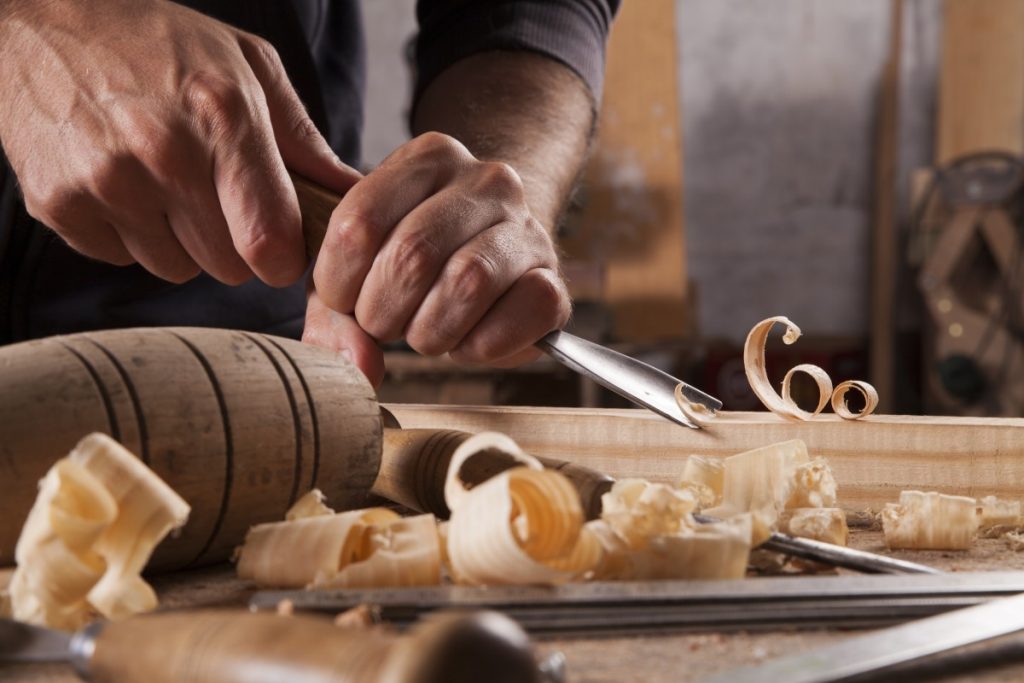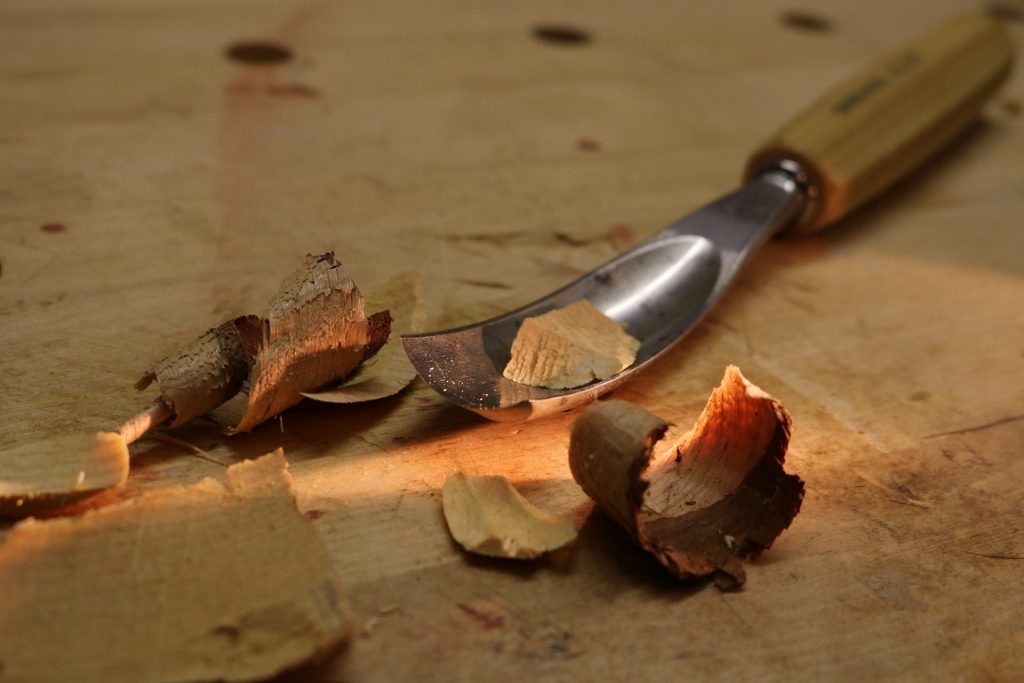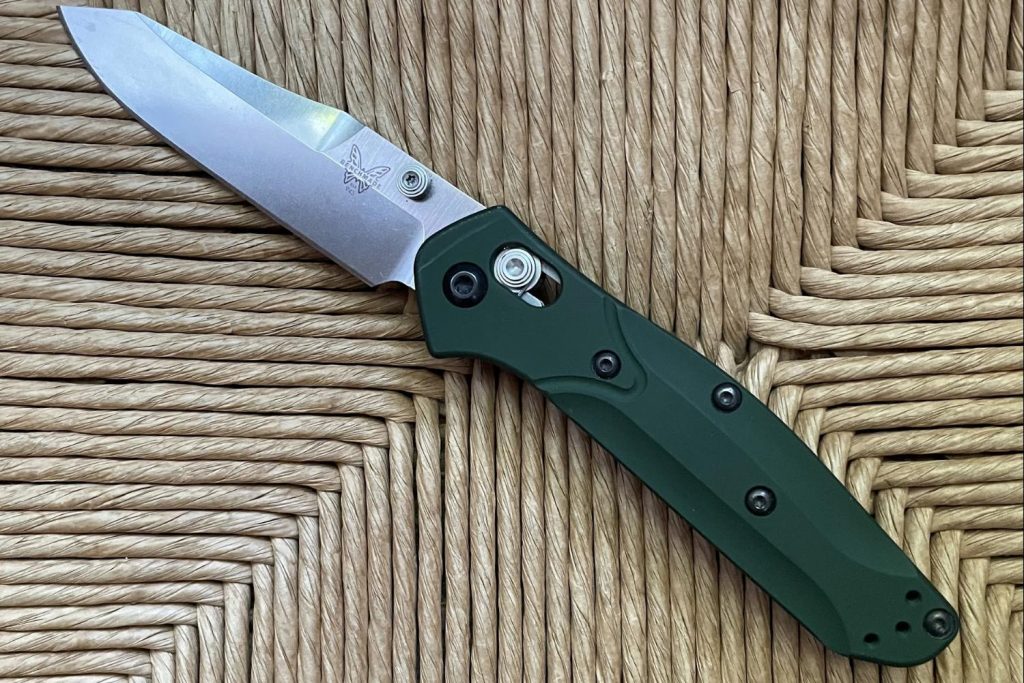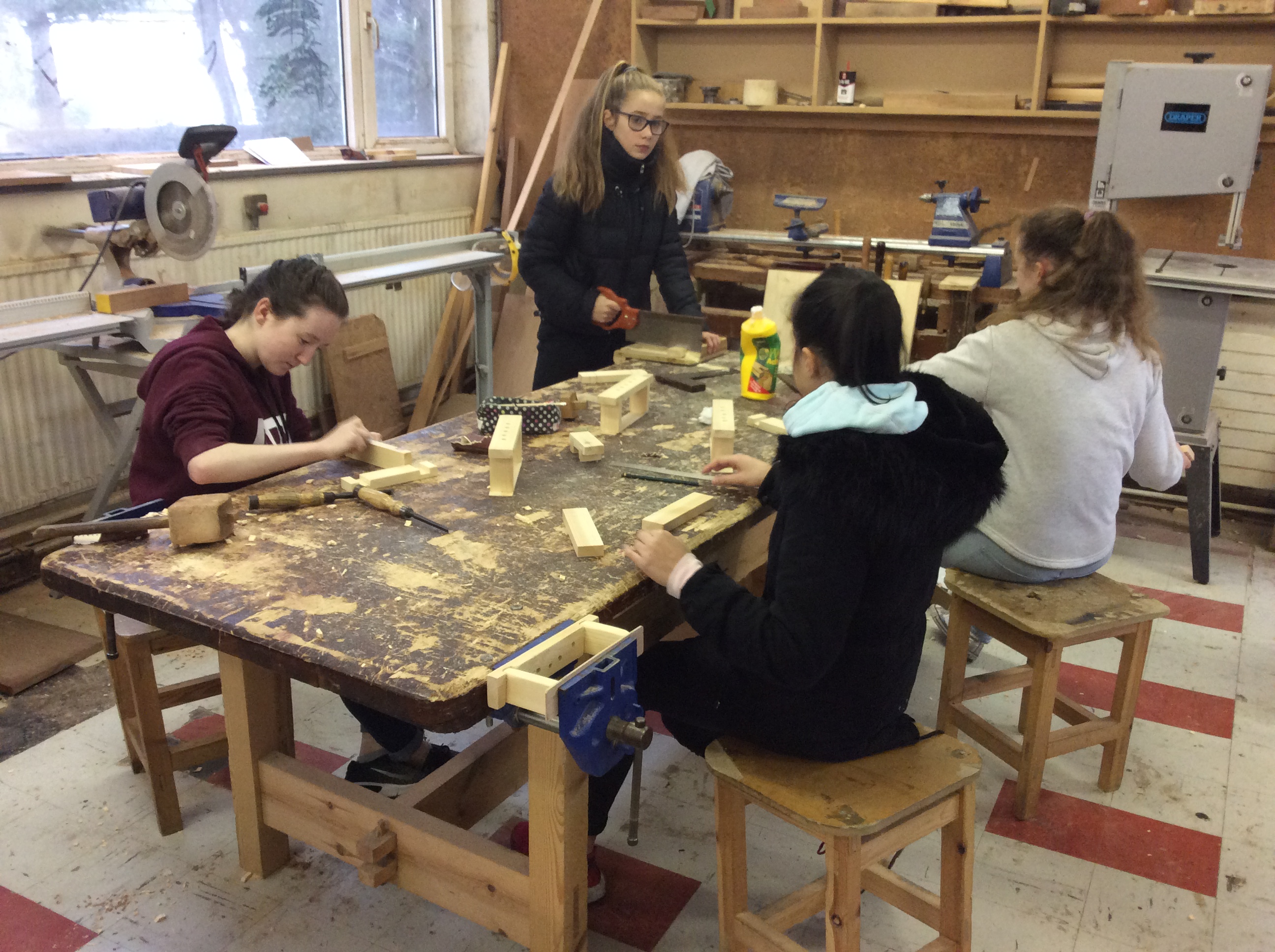What My Dad Taught Me About Wood Carving
My father was a wood carving artist and many of my childhood toys were made of wood by him, including a wooden doll and table tennis paddles. It was a joy for me to watch him doing the intricate carvings, something that I too came to learn a little bit. When he praised my work, it was a great sense of accomplishment.
Wood Carving as a Pastime

Some nights, after finishing my homework, I devoted myself to making simple wooden artifacts. It was one of my favourite things to do – to spend time with my dad at his workbench, where he kept his box of wood-carving tools. Of course, it was nothing like the modern hobby wood carving tools available on the market today. He had a bunch of tools. Some had blades like serving spoons while others were delicate enough for dentistry. The ones he used the most, were tilted and tapered. My old man used to say you could tell a carver’s character by his handles.
On my 12th birthday, my father gave me my first set of wood-carving tools. They were cheap carving tools with rough handles and pathetically dull blades. I didn’t use them much. It was until my 18th birthday when he gave me a quality box of carving tools, which I still use today. In addition to my dancing and swimming hobby, wood carving is still one of my favourite pastimes. What I like the most about it is that it is quiet. When I have just a few minutes and need to take a break from the world, wood carving let my hands be busy and gives my mind a chance to distress.
Getting a Hang of the Craft with the Proper Tools

It’s true that becoming a master woodcarver takes time and practice, but learning the basic craft isn’t much complicated. If you are interested in learning it, there are tons of online videos that teach the basics of wood carving. And unlike many hobbies, wood carving doesn’t require a lot of expensive equipment or large work areas. You’ll need though, to buy a set of hobby wood carving tools including carving knives and chisels with varying widths and curves. Of course, you’ll also need some woodblocks.
For a beginner, a basic set of wood carving tools should be enough. Average wood carving tool sets often come in 12 or 24 packs, with an assortment of tools. As you progress to more intricate and detailed carving techniques, you may want to eventually, need more advanced carving tools. Let’s take a look at the most essential wood carving tools according to my father.
Carving Knives: The Most Widely Used Tool for Carving Wood
Carving knives can be used for a variety of applications in different wood carving techniques. Available in different shapes and sizes, carving knives are useful for cutting, paring and whittling wood pieces. The shape of the blade is what determines its purpose and the size determines how fine the detail will be.
Bench Knives: Useful for Getting in and Digging Out Wood
This is an excellent tool for beginners due to its ease of handling. Featuring a short blade like a scalpel, this tool is useful for getting a bit more close and personal with a piece of wood. It allows you to get in and dig out the wood in a particular way that can be used for either detail work or slicing away larger chips of wood.

Chisel: An Indispensable Carving Tool
Available in a range of shapes and sizes, a chisel consists of a sharping cutting edge attached to a handle. This tool can either be struck with a mallet in order to drive the bladed edge through wood or it can be pushed if held properly. the cutting edge of the chisel and the width of the blade will determine the style of a particular chisel.
A Gouge: Basic Tool Both Amateurs and Professionals Can’t do Without
The distinguishable feature that makes a gouge different from a chisel is its curved edge, which makes it a bit like a scoop. Imagine a chisel with a curved or rounded edge – that is what a gouge is. Gauges are useful tools for creating deep or shallow hollows and curves on wood. For some woodcarvers, the ability to create curved edges is essential.
Veiner: A Must for Making Deep Round Hollows or Round Curves Into the Wood
Veiner is a small gouge in U-shaped cutting edge used to make deep round hollows or round curves into the wood. Featuring a bladed edge that is usually very small, this tool is a great addition for detailed work.
V-Tool: Great for Detailed Work
Due to its small-sized cutting edge, a V-tool is great for performing detail work and ideal for certain types of wood carving applications, such as to achieve subtle effects and come up with amazing creations.
Long Bent Tool: A Special Type of Gouge
This carving tool has an upward bend along the length of the cutting tool, which makes it very useful for relief carving.



